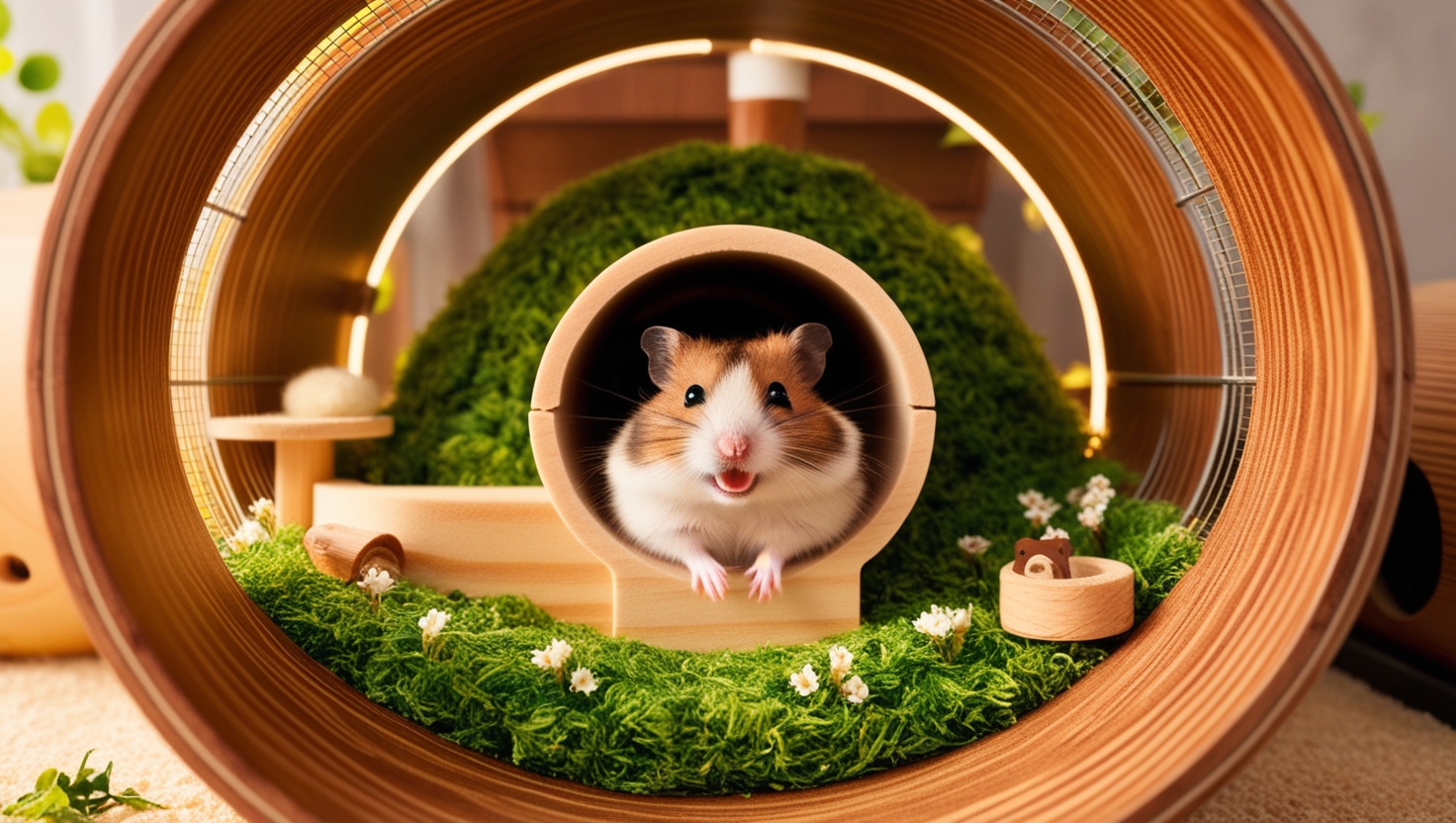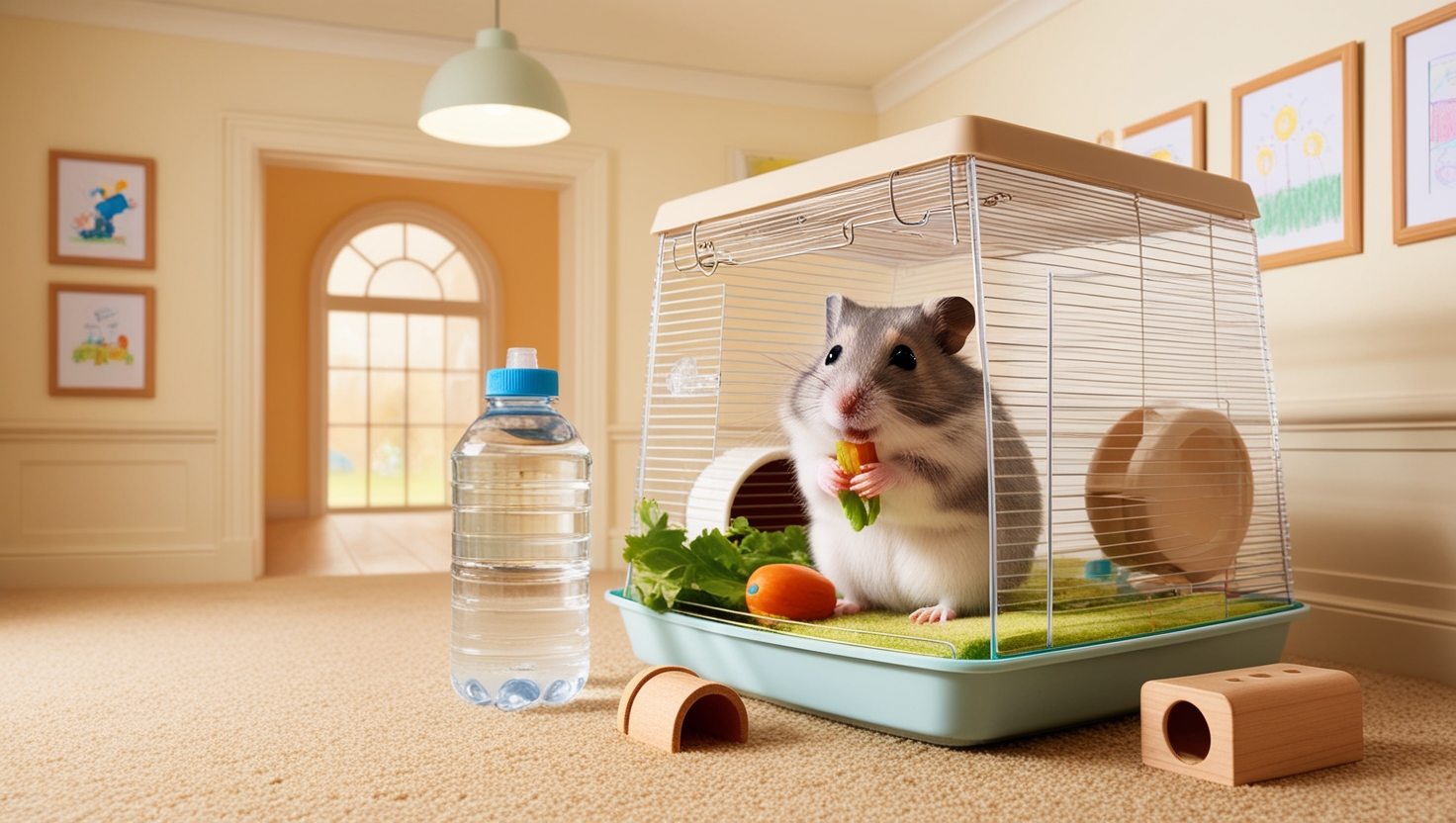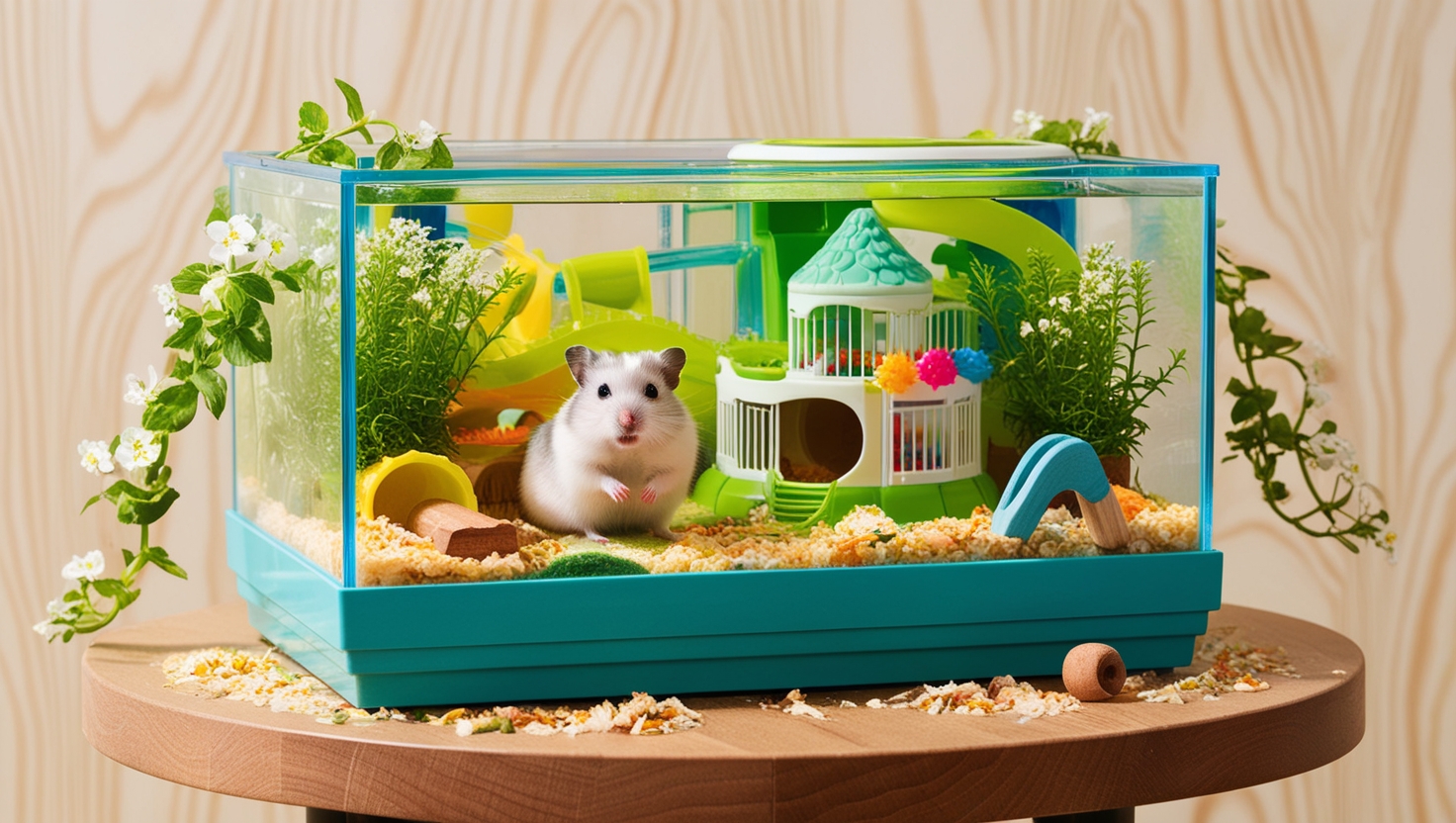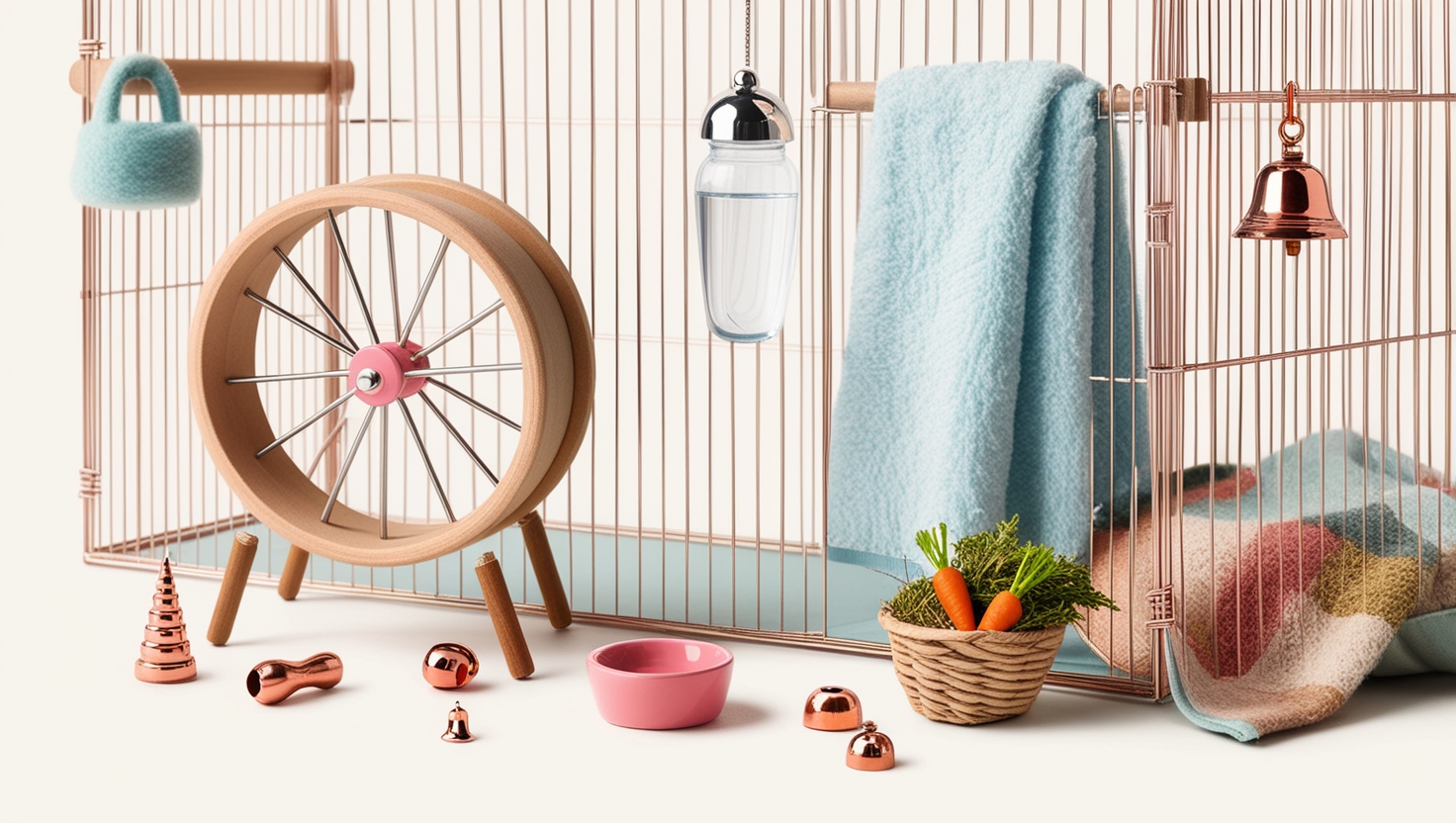So, you’re thinking about welcoming a hamster into your home? That’s fantastic! Hamsters are wonderful little companions, full of personality and spunk. But before you bring your furry friend home, it’s crucial to create a safe, comfortable, and stimulating environment for them. That’s where choosing the right hamster cage comes in, and today we’re diving into the world of plastic hamster cages.
Why Choose a Plastic Hamster Cage?
Plastic hamster cages have become increasingly popular, and for good reason! Here are just a few benefits:
- Durability: Plastic cages are known for their sturdiness. They can withstand a lot of wear and tear from active chewers and playful hamsters.
- Easy to Clean: Cleaning a hamster cage is a breeze with a plastic model. Smooth surfaces prevent messes from sticking, and many plastic cages come with removable bases for quick and easy cleaning.
- Variety: Plastic cages come in an array of shapes, sizes, and colors. Whether you have a Syrian hamster or a dwarf hamster, you’ll find a plastic cage that suits their needs and your style.
- Affordable: Compared to glass or metal cages, plastic hamster cages are often more budget-friendly, making them a great option for first-time hamster owners.
What to Look for in a Plastic Hamster Cage
Now that you know why plastic cages are a great choice, let’s explore what features to consider when selecting the perfect one:
1. Size Matters: Bigger is Always Better
Hamsters are active creatures that need ample space to roam, burrow, and play. I always recommend selecting the largest cage you can reasonably accommodate. As a general rule of thumb:
- Syrian Hamsters: Aim for a cage with a minimum of 600 square inches of floor space.
- Dwarf Hamsters: A minimum of 450 square inches of floor space is recommended.
Remember, these are just minimums. Providing more space will keep your hamster happy, healthy, and stimulated.
2. Ventilation is Key
Proper ventilation is essential for any hamster cage. Look for a plastic cage with plenty of ventilation holes or mesh sides to ensure fresh air circulation.
- Pro Tip: Avoid cages with only a single ventilation point at the top. This can lead to poor air quality and potential respiratory issues for your hamster.
3. Secure and Safe
When selecting a plastic cage, make sure it’s well-constructed with secure latches or closures. Hamsters are notorious escape artists! You want to make sure they can’t wriggle their way out of their habitat.
4. Easy Access for You
Choose a cage that allows for easy access for cleaning, feeding, and interacting with your hamster. Look for cages with large doors or removable sections.
Setting Up Your Hamster’s Plastic Palace
Once you’ve found the perfect plastic cage, it’s time for the fun part – setting it up!
- Bedding: Provide a thick layer of safe hamster bedding, such as aspen shavings, paper-based bedding, or shredded cardboard. Avoid cedar or pine shavings, as they contain harmful oils.
- Wheel: A sturdy wheel is a must-have for hamsters! Make sure the wheel is large enough to prevent their back from bending while running.
- Hideaway: Hamsters are prey animals and need a safe space to retreat to. Provide a hideaway house or nesting box where they can feel secure.
- Chew Toys: Hamsters’ teeth grow continuously, so it’s essential to provide them with safe chew toys to help keep their teeth trimmed. Wood chews, cardboard tubes, and mineral blocks are all excellent options.
- Food and Water: Place a heavy ceramic food dish and a water bottle or dish in their cage.
A Happy Hamster is a Healthy Hamster
By carefully selecting a plastic hamster cage and creating a stimulating environment, you’ll provide your furry friend with a comfortable and enriching home. Remember, a happy hamster is a healthy hamster, and it all starts with a safe and spacious cage!







